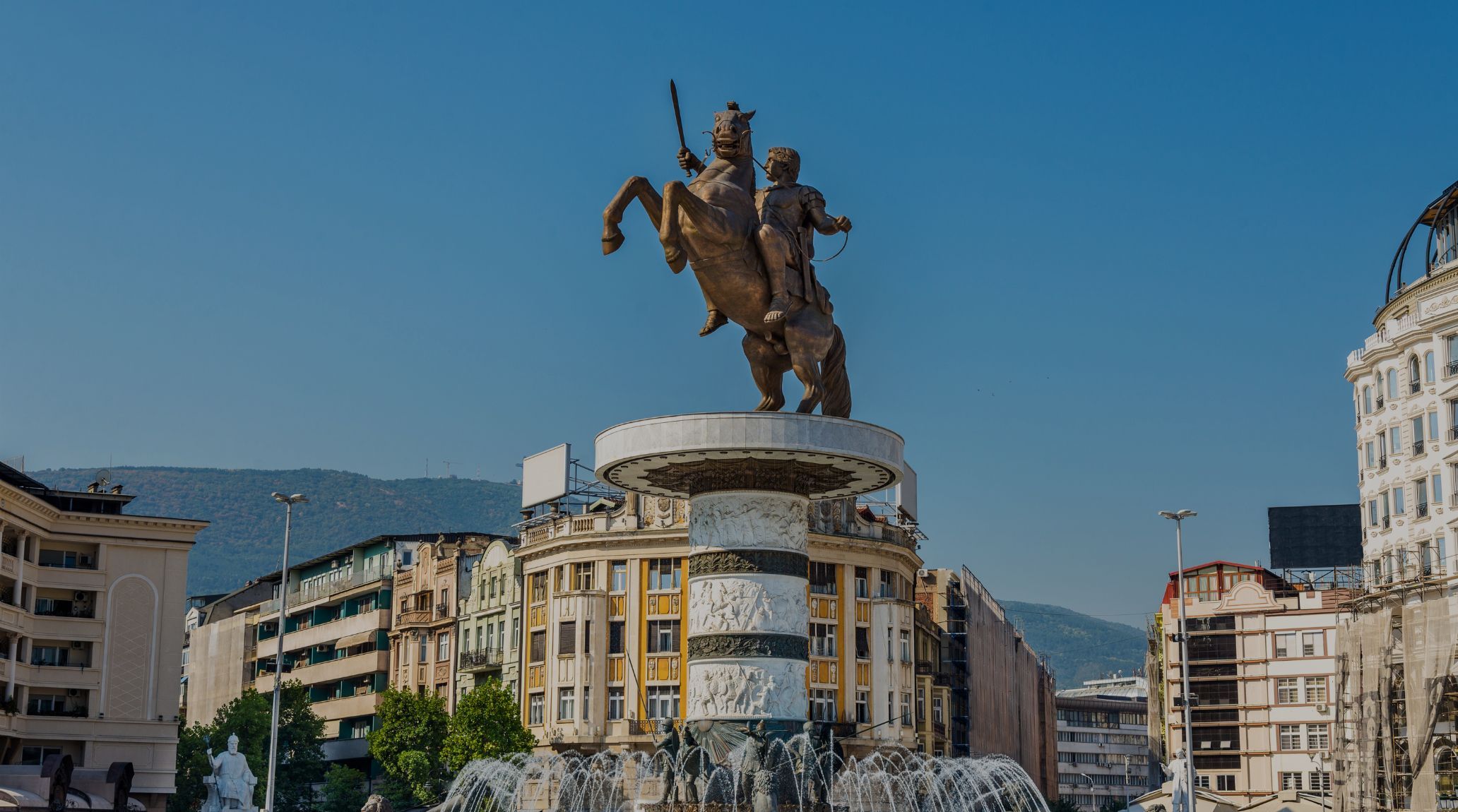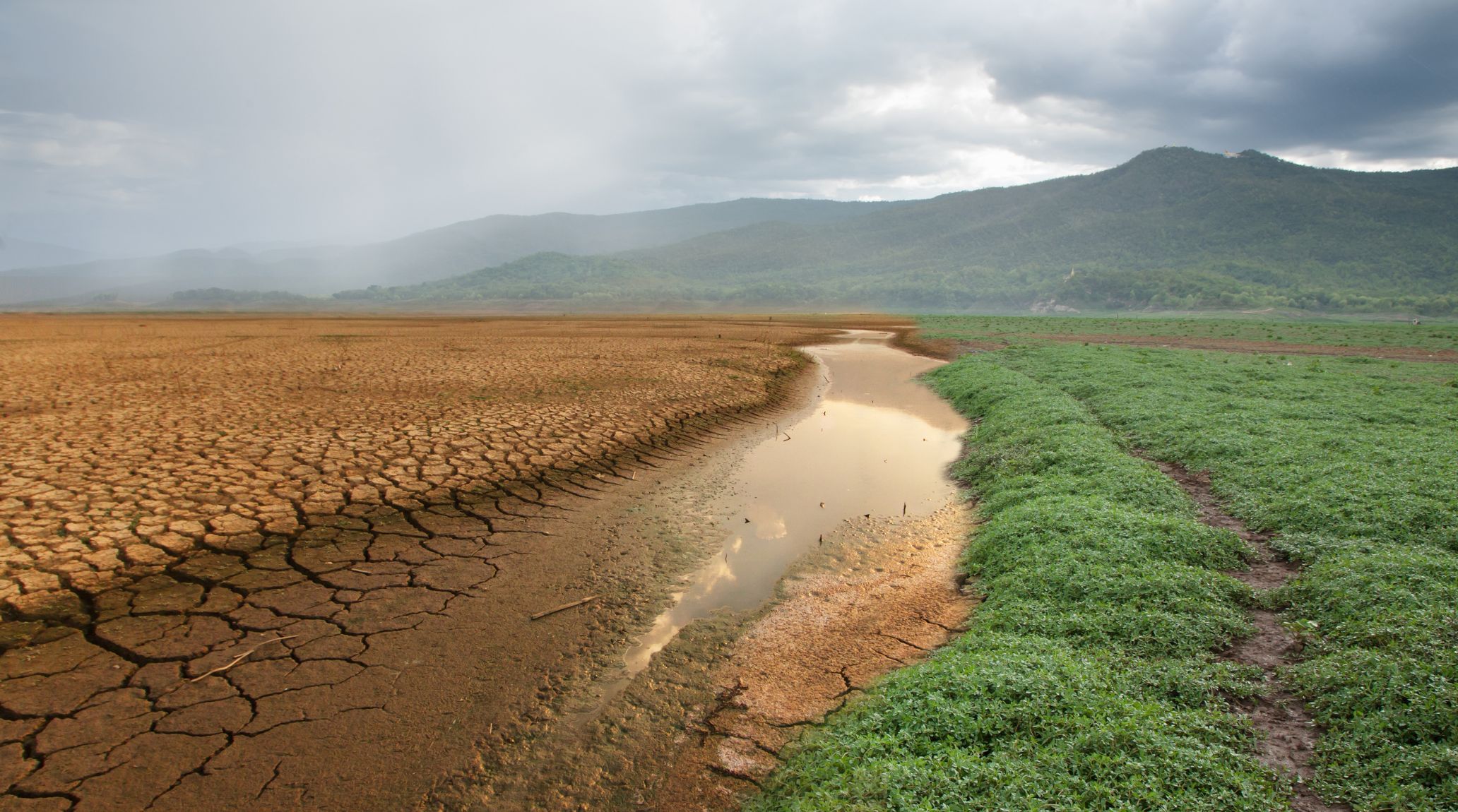
“
The Mesolithic era was a time of great environmental and cultural transformation, with climate change playing a significant role in shaping the lives of early humans. As glaciers retreated and sea levels rose, Mesolithic communities were forced to adapt to shifting ecosystems. This article presents 20 key facts that illustrate how Climate Change’s Effect on Mesolithic Life.1
1
”
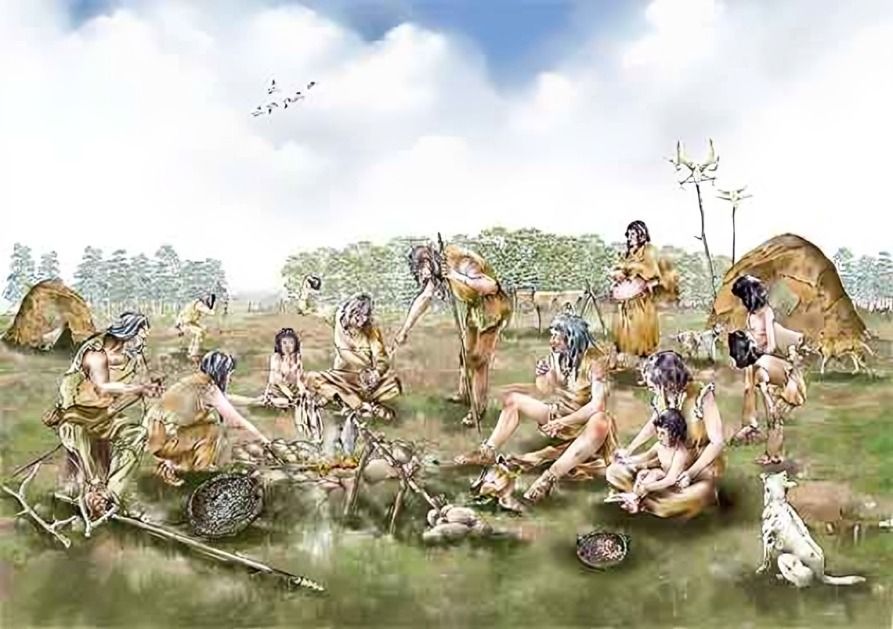
The end of the last Ice Age, around 10,000 BCE, marked the start of significant climate changes that directly impacted Mesolithic communities, leading to warmer and wetter conditions.
Rising temperatures caused glaciers to melt, rising sea levels and flooding coastal areas, forcing Mesolithic people to relocate their settlements further inland. 1
Climate change transformed the landscape, turning barren tundras into forests, which introduced new flora and fauna and diversified the food sources for Mesolithic populations. 2
As forests spread, Mesolithic people had to adapt to hunting woodland animals like deer and boar, replacing the large Ice Age megafauna they once relied on. 3
The changing climate also introduced more abundant plant life, encouraging the development of gathering practices for nuts, fruits, and seeds, supplementing their diet.4
Rising sea levels created new coastlines and wetlands, prompting Mesolithic communities to develop fishing techniques and increase their reliance on marine resources. 5
The transition to a warmer climate led to the formation of lakes and rivers, which became important sites for settlement due to their rich food resources and water supply. 6
Seasonal changes became more predictable, allowing Mesolithic groups to better plan for periods of abundance and scarcity, shaping their migration and subsistence strategies.7
The shift from cold, dry conditions to a more temperate climate led to the domestication of dogs, which assisted Mesolithic people in hunting in forested environments. 8
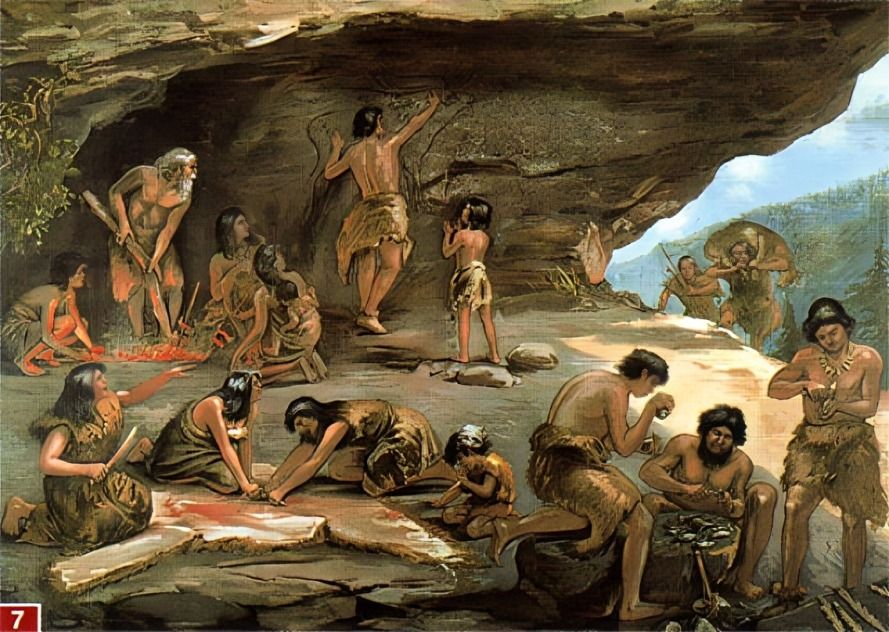
Warmer climates allowed Mesolithic people to spend more time outdoors, which led to the development of open-air rock art sites, as cave art became less common.
The increased availability of resources in certain areas led to semi-permanent settlements, where Mesolithic communities could stay for longer periods rather than constantly moving. 9
With the rise of forests, Mesolithic people began utilizing wood more extensively for tools, shelters, and fire, adapting to the changing environment. 10
Coastal flooding and the rise of wetlands created new ecosystems that supported diverse wildlife, leading to a shift in hunting practices and diets among Mesolithic communities. 11
The warmer climate improved growing conditions for wild grains, which some Mesolithic groups began harvesting and storing, laying the groundwork for future agricultural practices. 12
Mesolithic communities near coastlines adapted to changing sea levels by developing boats and rafts, allowing them to fish, trade, and explore new territories. 13
Climate change brought new animal species to previously uninhabitable areas, encouraging Mesolithic people to expand their hunting ranges and explore new regions.14
The changing environment required Mesolithic people to develop new tools and techniques for processing different types of plants and animals, such as grinding stones for seeds. 15
As forests became more widespread, Mesolithic groups had to navigate dense woodlands, which led to the creation of paths and rudimentary roads for easier movement. 16
The warmer climate likely encouraged social gatherings and exchanges between different Mesolithic communities, as they shared resources and adapted to their changing surroundings. 17
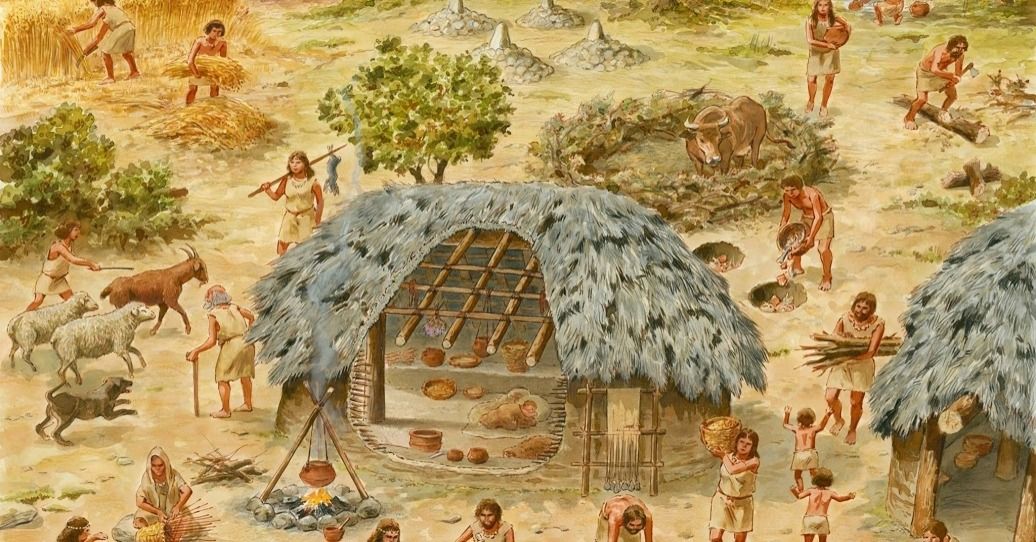
Climate change during the Mesolithic period set the stage for the Neolithic revolution, as communities became more sedentary and began experimenting with farming and animal domestication.


